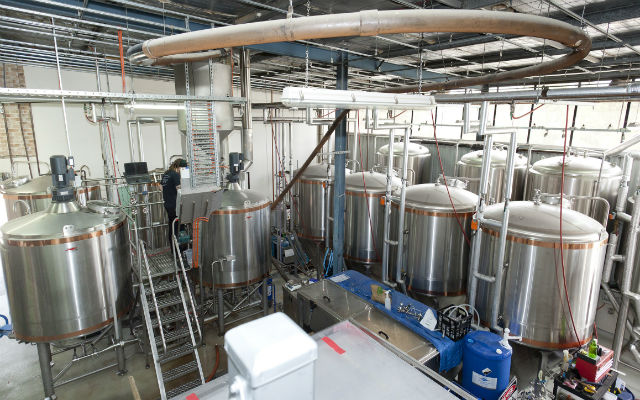
The seasonal segment has changed over the years. At one time, it was a way for craft brewers to be able to provide variety each season. It was a chance for the drinker to have something different than the year-round lineup.
“It served a great purpose,” said Harpoon President Charlie Storey to Brewer. “But now there are so many beers that people can find newness in so many different ways, now, all the time.
“Three years is probably a life cycle of a beer in the craft beer world.”
To verify, a brewery like Payette mainly references past seasonal sales and distribution patterns to determine off-premise and on-premise brand availability.
“These decisions are also influenced through understanding the characteristics of our core brand, effectively promoting specialty brews, and being proactive with seasonal releases,” wrote the Payette sales team.
“On-premise access can target growler stations within off-sale accounts as well as any accounts with draft capabilities, they said.
They also noted that a tap room has the capacity to display all of a brewery’s relevant brands and recent releases, which provides the most influential sampling opportunity for consumers.
Pelican Brewing‘s Darron Welch noted that a beer needs to have a reason for existing.
“It needs to fit with our other beers to showcase beer attributes of maltiness, yeast character, hop profile, color, texture, etcetera,” he said.
Welch said to take note of how a new beer tastes, know if it is good enough to take public.
“What sets it apart from similar styles from other breweries,” he asked. “There’s so many variables that come into play when deciding whether or not to take a current seasonal, or small/limited edition batch into the annual ballgame.”
And, of course, along with all the beer-centric reasons for developing a beer, that brand has to sell in order to stay as a part of the lineup.






1 Trackback / Pingback